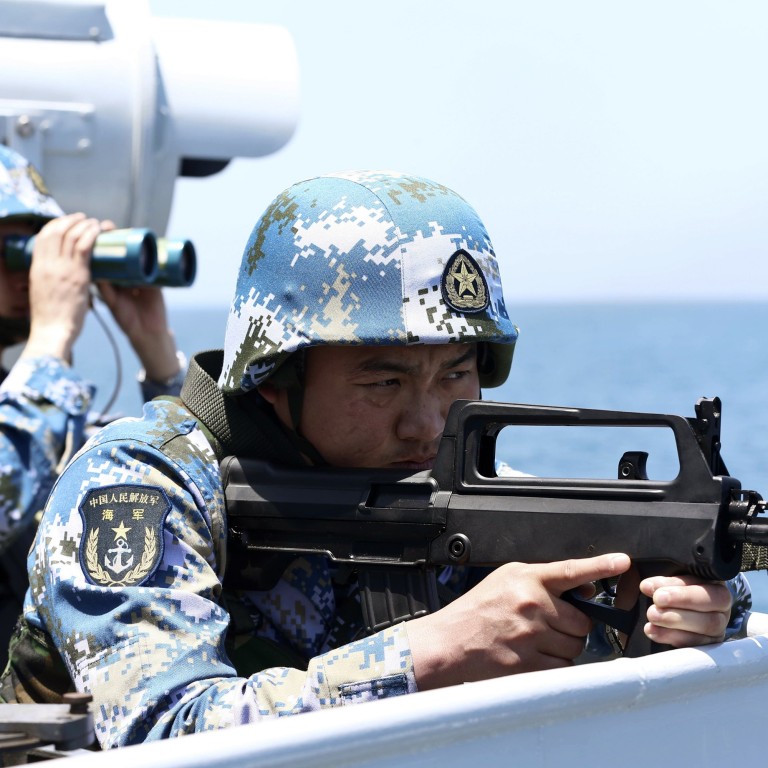
US sees China's military might growing quickly, according to Pentagon report
Weaponry and training becoming more sophisticated, annual Pentagon report says
China's military is improving its doctrine, training, weapons and surveillance to be able to conduct more sophisticated attacks against the US and other adversaries, the Pentagon said.
After jamming communications and mounting other forms of electronic and cyberwarfare, stealthy Chinese aircraft, drones and missiles could attack US warships, aircraft and supply craft, the US Defence Department said in its annual report on China.
The report, which is required by Congress, does not suggest that such attacks are likely, only that the Chinese military last year continued to demonstrate new capabilities similar to those the US began embracing at least 20 years ago, with mixed success.
"Although the Pentagon was overstating the Chinese military threat to avoid more cuts in its budget, the speed of the People's Liberation Army's modernisation has indeed exceeded Western countries' expectation," said Ni Lexiong , director of national defence policy research at Shanghai University of Political Science and Law.
"The gap is between 20 and 30 years," he said. "At the current pace, China may catch up with the US in 40 years, and may start to get ahead in 60 years."
The Pentagon report overstates the so-called Chinese military threat and that was "wrong behaviour," the Defence Ministry in Beijing said on its website.
"We resolutely oppose it. We'll further assess the report and make more reaction according to the results."
The PLA Navy last year commissioned nine new Jiangdao-class corvettes armed with anti-ship cruise missiles for operations close to shore, "especially in the South China Sea and East China Sea", the Pentagon said. Its test office and internal US Navy reviews have warned that the latter's new Littoral combat ships are vulnerable to such weapons.
The report may provide new fodder for US congressional advocates of more defence spending who argue for improving naval capabilities to blunt Chinese advances.
"China's military has come a long, long way in the last few years; it's spent a lot of money so it can very aggressively pursue advanced technology and improve its capabilities," said John Blaxland, a senior fellow at the Australian National University's Strategic and Defence Studies Centre in Canberra.
"It now has incredible economic clout and has become adept at applying pressure below the threshold that would trigger a strong military response from the US," he said. "China may well be critical of this report but they're probably secretly happy that that's the perception."
The Pentagon said China's most significant military developments last year included air-defence upgrades to destroyers and frigates, testing of its Y-20 transport to fly ground forces quickly across great distances, at least eight launches to expand its intelligence and surveillance from space and a "probable" Chinese drone conducting reconnaissance in the East China Sea. It also said China was starting to integrate anti-radar missiles into its fighter-bomber fleet.
The PLA Navy continues to develop long-range, over-the- horizon radar that, in coordination with satellites, is intended to "locate targets at great distances from China" for targeting by its DF-21D anti-ship ballistic missile, according to the Pentagon.
The report said China continued to field a "limited but growing number" of the missiles.
It also continues to develop the J-20 and J-31 stealth fighter jets that are "similar in size to a US F-35 fighter", the report said, without comparing capabilities.
These developments are part of a Chinese air force modernisation that's "unprecedented in its history and rapidly closing the gap with Western air forces across a broad spectrum of capabilities", the Pentagon said.
